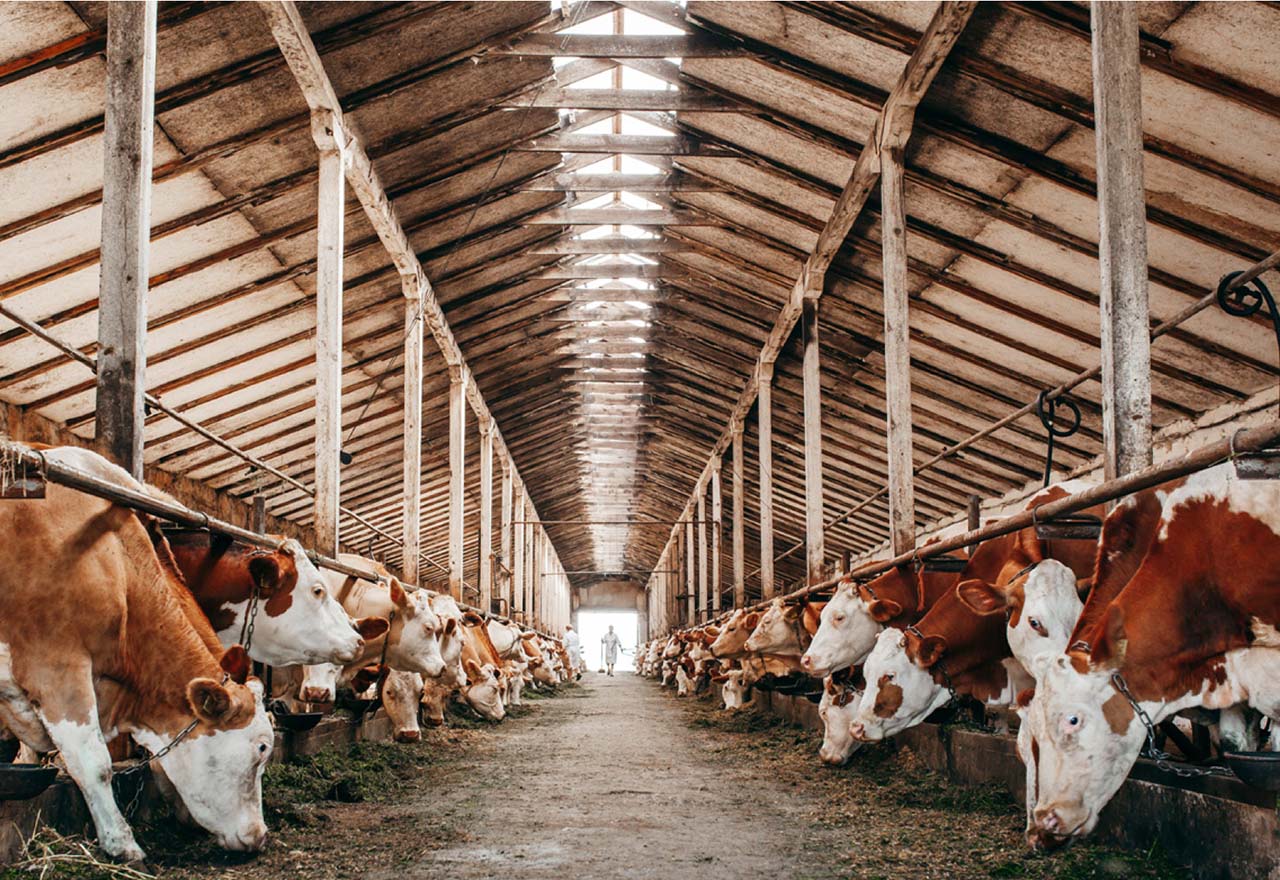Considering the True Cost of Industrial Beef
By Kestrel Burcham
The environmental impact of beef production may be the thorniest topic discussed in food circles today. Conflicting messaging only complicates matters. One way to weigh the implications of your own steak or burger is to consider the hidden ingredients of food production.
A farm or ranch “input” is defined as all the resources used in production. It’s a long list of chemicals, equipment, feed, seed, and energy. Inputs may also include vaccinations and other medications used by livestock producers, as well as soil amendments such as compost or lime. Most of these agricultural inputs are purchased from outside sources.
The highly concentrated machine of industrialized agriculture relies on chemical inputs like fertilizers, pesticides, and antibiotics to pump out mass quantities of “cheap” food. US industrialized farms also receive millions in subsidies, artificially inflating unsustainable food production.
Without acknowledging the costs to human and environmental health, industrialized beef production seems cheaper than authentic organic beef production and therefore more sustainable in terms of pounds of food produced per acre.
Reality is a bit tougher to digest. Industrial beef is one of the costliest foods in terms of environmental impact. These farms consume significantly more inputs—in both quantity and volume—than smaller, diversified operations. Take the feed inputs alone: Most cattle in the US are finished on feedlots, where they are fed conventional grains, soy, other concentrated feeds, and even waste products from other industries.
The majority of the concentrated feed (corn, soy, and other grains) is federally subsidized, allowing producers to buy grains below market prices.
All of this feed—including the hay and silage—is grown on distant farmland drenched in pesticides and synthetic fertilizers. Those same pesticides and fertilizers wreak compounding environmental effects, both in energy use and pollution, during their manufacture and application, impacting the health of the living soil, water, and air.
Because the majority of feed is coming from somewhere else, factory farm-generated trucking and shipping racks up enormous fossil fuel emission costs that must be paid by all of us.
The food produced by industrial beef operations remains cheap because the communities and ecosystems in which they operate pick up the rest of the tab.
There are grave implications beyond environmental health, too. Factory beef operations rely on low-grade antibiotics, and use and abuse clean water, both on-site and where the agricultural feed is grown.
Because more animals are concentrated into smaller areas, the land resources occupied by factory farms seem smaller.
But land cannot be simplified to feeding pens alone. The issue of land use includes the land where feed is grown, land and waters affected by pollution from runoff, and even land occupied by office buildings.
How do the inputs compare on an authentic beef operation? The difference is striking.
Consider Cornucopia’s definition of “authentic organic beef.” Authentic organic producers use methods that protect the environment, public health, human communities, and animal welfare, all while subscribing to the motto of “continuous improvement.”
Authentic organic producers always exceed the minimum standards set by the Organic Foods Production Act of 1990 and the organic regulations.
Sustainable animal production provides inputs and manages outputs in a self-contained cycle. The stored feed (hay, baleage, and grain) used by most authentic beef producers is produced on-site, and is typically of higher quality than shipped-in feed.
Higher-quality grass in the pastures and hay in the barn provide the cattle more energy without requiring further expense or energy inputs.
What’s more, authentic organic beef producers are often diversified. A diversified and grass-based operation can grow all the feed cattle require, while contributing ecosystem benefits and economic resilience due to a diversity of crops and livestock.
Proper grazing management contributes to, rather than depletes, soil quality, clean water, biodiversity, and other ecosystem services.
This closed-loop system has benefits beyond sustainability. Cattle typically thrive in organic pasture-based systems that allow them to express their natural behaviors daily, making medical treatments frequently unnecessary.
Consider supporting both the producers and policymakers who champion sustainable practices. After all, given the externalized costs, risks, and benefits, is industrial beef really cheaper?


